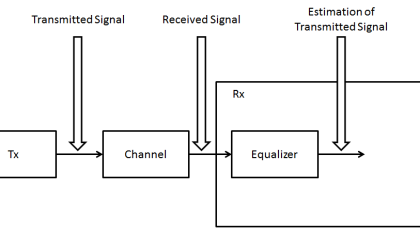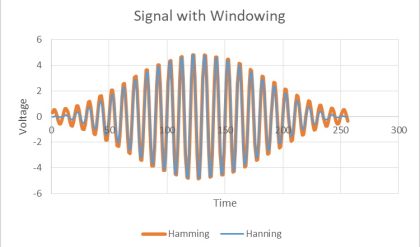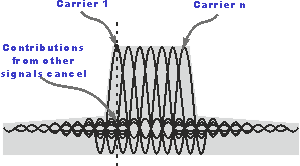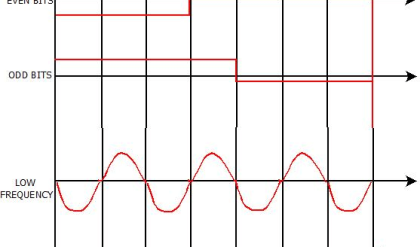
Structure of wireless communication link
The structure of wireless communication link in Wireless operations permit services like long-range communications which are impossible or impractical to implement with the wires usage in communication. This term is commonly used in the telecommunication industry in reference to telecommunications systems like (e.g. are radio transmitters and receivers and remote controls etc.) which use some form of the energy like (e.g. are radio waves and the acoustic energy, etc.) which is used to transfer information without the usage of wires.The information is then transferred in this manner over both short and long distances.
Transceiver block diagram structure
Each of the gigabit transceiver block has a clock multiplier unit CMU which provides clocking flexibility and supports a range of incoming data streams. In each CMU two transmitter phase-locked loops that is PLLs which generates the required clock frequencies that is based upon the synthesis of an input reference clock.In each transmitter PLL supports all multiplication factors to allow the use of various input clock frequencies during transmission. Both of the transmitter’s PLLs are identical for which they support data ranges from 600 Mbps to 6.375 Gbps data transfer. But however each PLL is configured to support different data rates where each transmitter PLL drives four channels. During PIPE x8 mode the transmitter PLL of the master transceiver block drives upto eight channels where CMU block is active both in single- and double-width modes and is powered off when not in use.
The Simplified models of wireless communication links

This is often preferable to have simplified models for wireless communication links. Moreover the analog radio channels with the downconverters ,upconverters, RF elements and noise interfere the signals and it is then added to time discreet low pass channel during transmission.The other simplified models use a digital representation of the channel suitable for the analysis of the coding scheme.
The Modulation formats
The most simple modulation is binary modulation where +1 bit value is mapped to one specific wave form while a -1 bit value is mapped to a different wave form. During choosing of a modulation wave format in wireless system the ultimate goal is to transmit with certain energy as much as information can transmit over a channel.

is an example for a cosine wave
Structure of a Demodulator
The Single Chip QAM Demodulator with low Implemenation Loss is a:-
– Double Loop AGC for optimum usage of the A/D Converter
– The delay in half Nyquist filter and equaliser require double carrier recovery loop structure to achieve high performance on phase noise & microphonics
– The adaptive equaliser LE/MSE or * LE/ZF preferred for QAM with M£64* DFE/MSE required for QAM with M>64.






Comments are closed.